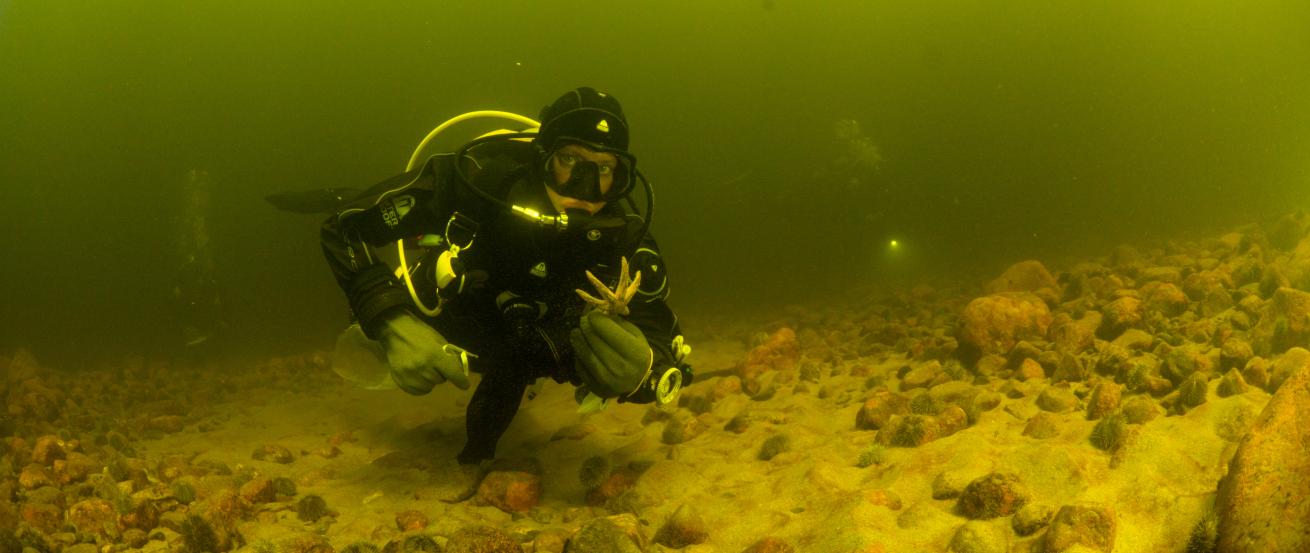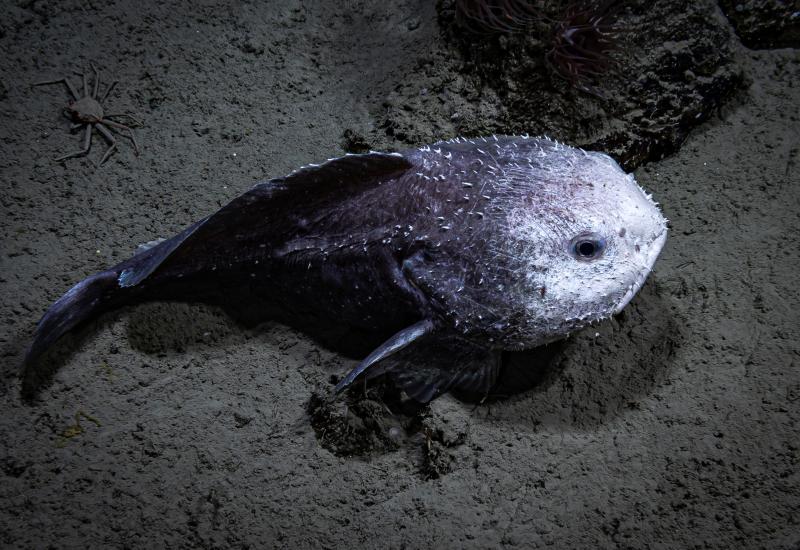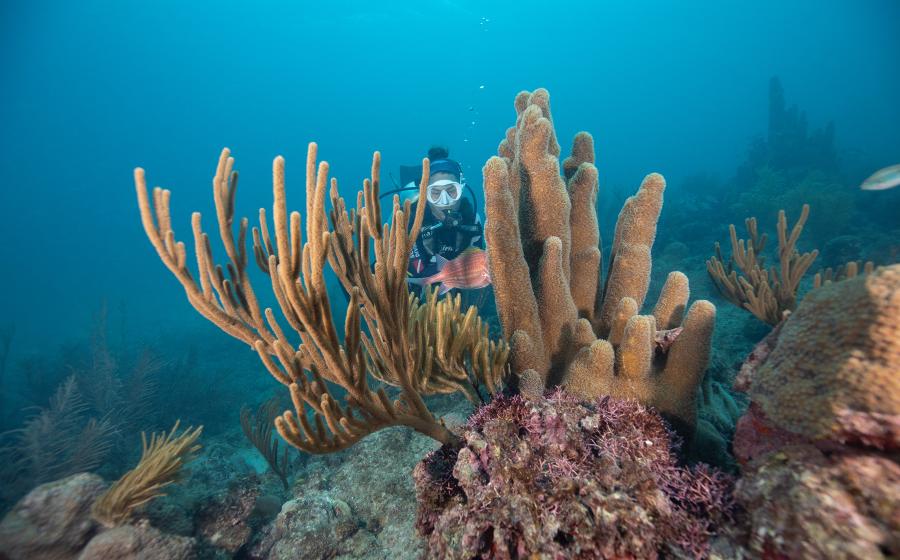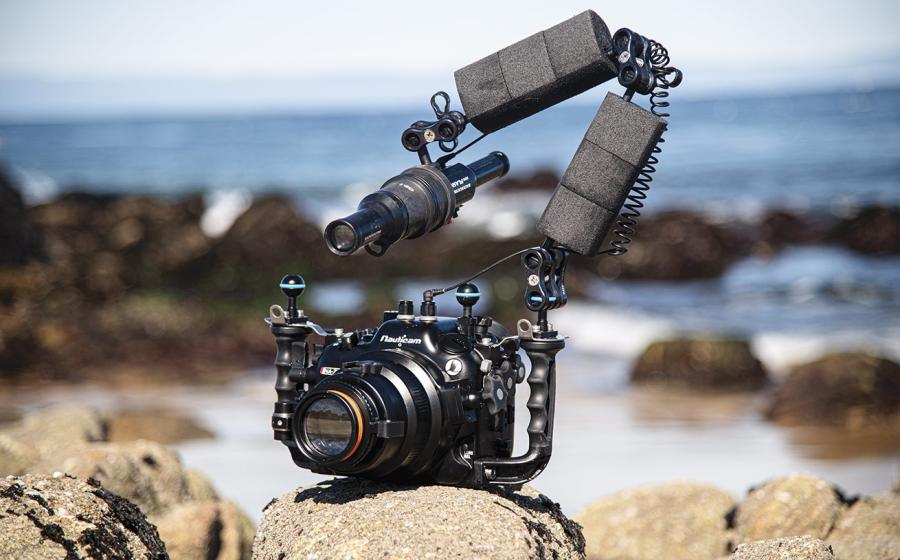On a Mission to Preserve the Arctic

Courtesy Oceans North/Manu San FélixDr. Jennie Knopp collecting organisms near Spencer Island for DNA barcoding, while working in partnership with Eeyou Cree conservation leaders and National Geographic Pristine Seas.
When most people think about the Arctic, they picture an isolated and pristine wilderness. But, while there are indeed some amazing wildlife and wild places there, this isn’t really the case. “What people forget is that there are people in the North, and there have been for many thousands of years,” Susanna Fuller, the Vice President of Conservation and Projects for Oceans North told me.
“These people rely on the natural environment for food and survival, and it’s really important that as we move forward in conservation, we realize that how we work in the North is as important as what we work on. We have an obligation to work with the people from there to protect this beautiful and vulnerable environment.”
The waters of the Arctic ocean are home to iconic marine life like narwhals (Monodon monoceros) and belugas (Delphinapterus leucas) that need protection, but industries from the South (which, to Arctic residents includes most of Canada) are moving in.
Industrial-scale fishing and shipping are moving into the vulnerable Arctic landscape. And that’s where Oceans North, working with local Indigenous communities, comes in. “In the beginning, it was really just a bunch of people with Arctic research and conservation expertise who felt that more needed to be done,” Fuller told me. “No one was really working with Indigenous peoples there, and few groups were doing anything about Arctic conservation. So we saw a space, and saw a need, and Oceans North was born.”
Related Reading: Coldwater Dispatches: Polar Jellyfish
Oceans North, headquartered in Ottawa, now works on a wide variety of Arctic science and conservation issues, including tracking sea ice declines, lobbying for new marine protected areas, restricting shipping lanes, and working with Inuit communities to develop sustainable livelihoods.
Every once in a while Oceans North even does work with divers in the frigid Arctic Ocean! “People find it fascinating when I say that you can dive in water that’s as cold as minus two degrees Celsius, because saltwater doesn’t freeze until that point,” Jennie Knopp, Oceans North’s Community Science Director, told me.
“Being in the water with these organisms means you can interact with them in ways you can’t with an ROV (remotely operated vehicle, essentially an underwater robot). And even in the shallower areas, it’s totally unexplored, no one has ever been diving there before. The Inuit have lived on these lands for thousands of years, but haven’t been able to see what lies beneath the waters until very recently.”
Related Reading: Can Fish Survive in Both Fresh and Salt Water?
The Arctic is suffering the effects of climate change at a far faster rate than the rest of the planet, and it needs all the help it can get.
To learn more about Oceans North, you can follow them on social media (Facebook Instagram) or subscribe to their newsletter.










